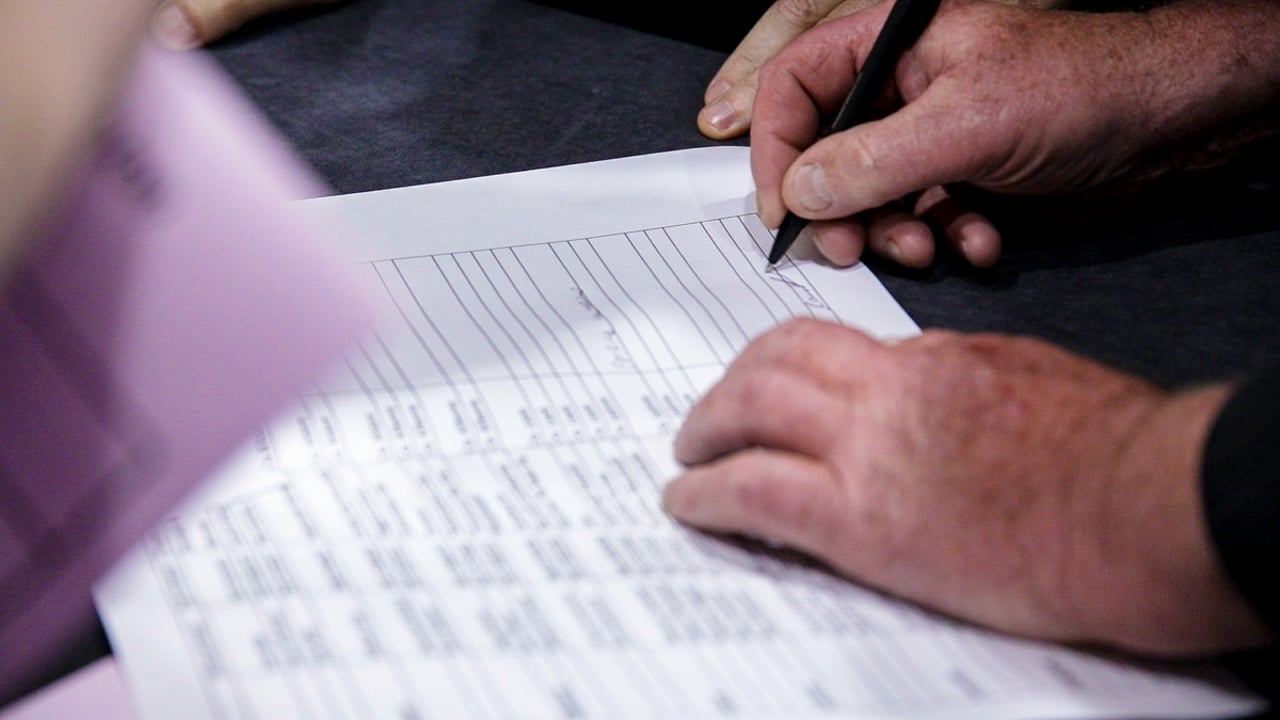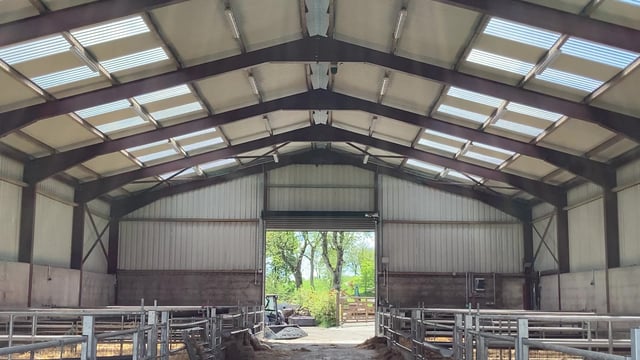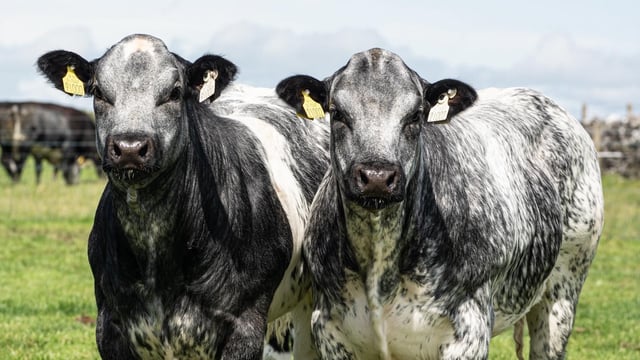BISS: Tillage-specific issues for 2025 applications
Teagasc’s Martin McCullough gave a review of changes to the 2025 Basic Income Support for Sustainability (BISS) application process at a recent tillage spring seminar, held in Donegal.
McCullough reminded farmers and growers in attendance that Thursday, May 15 is the closing date for applications.
He said: “The actual BISS document, including the terms and references section, has more than doubled in size over the past number of years.
“Most of the sections within the actual application document are self populating. However, there are exceptions. These include the sections that relate to the 2025 Protein Aid Scheme and Straw Incorporation Measure.
"In these instances, applicants must actively identify the specific sections within the BISS application form and supply the information that is relevant to their own farming circumstances,” he added.
The Teagasc representative confirmed that the Protein Aid budget has been increased to €10m for the new growing season. The previous figure had been set at €7m.
This works through to a possible area payment of €590/ha for 2025.
McCullough also pointed out that the two and three crop rule will be relevant, in terms of growers’ rotation practices in 2025.
He also confirmed that spring and winter barley are officially regarded as two separate crops, for the purposes of these specific regulations.
These specific Good Agricultural and Environmental Condition (GAEC) measures had been suspended during the previous two growing seasons.
The GAEC principle refers to a range of standards concerning soil, climate change mitigation, habitats, and water.
There are nine GAECs in the agreed regulation. These apply to all farmers receiving CAP support and have been tailored to Ireland based on farm size, farm structures and the specific characteristics of the areas concerned, including soil and climatic condition, existing farming systems, and land use.
The tillage-related aspects of the GAEC 7 measures were discussed in some detail at the seminar.
This specific measure concerned with improving soil quality and health and reducing the dependency of chemical pesticides through control of weed, pest, and disease spread.
It aims to achieve this through the application of crop rotation and/or crop diversification on all holdings with arable lands.
The two implementing aspects of GAEC 7 from 2025 are crop rotation and crop diversification, or crop diversification only
Crop rotation is based on a four-year rotation cycle resulting in at least two different crops in years 2023-2026 inclusive.
Where crop diversification is concerned, the following principles are relevant. On farms with 10-30ha of arable land, the two crop rule applies, at least two arable crops must be grown and the main crop must not be more than 75% of the arable land.
On farms with 30ha plus of arable land, the three-crop rule applies - at least three arable crops must be grown and the main crop not more than 75%.
In addition, the two main crops must not constitute more than 95% of the arable land available.





